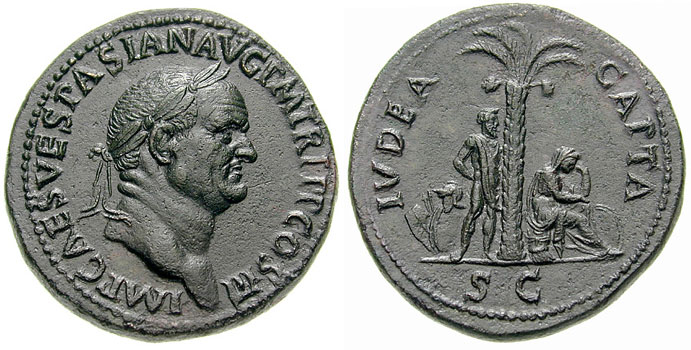In much the same way, the British-sponsored Aryan Invasion Theory portrayed South and North Indians as culturally and ideologically antagonistic. It is now conclusively known that the AIT is a revisionist history for the subcontinent. The theory actually originates as a "logical" historical scenario for the British projection of an all-encompassing text-based caste "system" onto Indian society (see below). Per the Ghent group (Balagangadhara), the diverse traditions found in India were subsumed and problematized under the normative category of Hinduism; that is, the diverse native traditions and practices were "systemized" as the "expressions" of an oppressive and dystopic system ie the caste "system", the ideology of which constituted the "practiced" 'religion' of Hinduism and determined Indian social reality. And the Aryan Invasion Theory was, in turn, constructed as an ad hoc historical explanation for the 'creation' or emergence of such an overarching social "system". The elaboration of the AIT was thus an ideological enterprise camouflaged under the rubrics of social science and history which interjected 'Normative Ideology' as the determinant of Indian social reality. The previous Aryan colonizer foreshadowed and legitimized the British Empire (and British colonial project) just as the Israelite foreshadowed the Greek Empire in the East. The Aryan was thus deemed the agent of ideological-historical change who transformed the static Indian and actuated Indian history from an 'amorphous' "past".
Similarly, the righteous monotheist Israelite was a returnee to his divinely gifted land, a divine colonizer and the agent of historical and progressive change among the static Canaanites. The Israelite was wronged both by his native kin, the Canaanite, who insisted on continuing his culture (problematized in ideological terms as an instance of "polytheist religion") and by the (Ptolemaic) Egyptians (who unfairly deprived the Israelite of his divine mantle) and was guided in his "reformist" (monotheist) endeavors by the Lord God himself. By extension, the 'Promised Land' was a legitimizing decree for imperialist land grab, just as 'Manifest Destiny' legitimized the "settling" and appropriation of the native americas and the AIT served to legitimize British rule in India. Monotheism was most definitely a colonial construct.
The AIT:
- implied that Hinduism was not an authentically Indian religion but the result of cultural imperialism
The Caste System and Aryan Invasion Theory
Marianne Keppens
Abstract
The controversy about the Aryan Invasion Theory has occupied scholars from several domains over the last few decades. The advocates of this theory claim that a Sanskrit-speaking Aryan people invaded or entered India around 1500 BC and brought along a language, religion and social structure, which they imposed on the indigenous population. The opponents claim that the Aryan people, their language and religion have always been present in India and hence that an invasion could never have happened. When we analyze the arguments from both sides, these sustain only one general conclusion: India has a long history of co-existence and cross-fertilization of different groups of people, cultural traditions, languages, etc. Given the trivial nature of this conclusion, the question becomes: why have so many scholars debated the Aryan Invasion Theory with such passion? To answer this question, my paper looks at how the Aryan Invasion Theory was developed in the nineteenth century. I argue that the theory itself did not emerge from empirical evidence or scientific theorizing about the Indian languages, archaeology or history. Instead this theory developed as an explanation of two entities central to the European experience of India: the caste system and Hinduism as a degeneration of Vedic religion. The Aryan Invasion Theory not only explained how the caste system came into being, it also accounted for the degeneration of the religion of the Vedas and allowed for the classification of its evolution into three main phases: Vedism, Brahmanism and Hinduism. The contemporary debate shows that it remains impossible to defend the occurrence of an Aryan invasion on the basis of the available linguistic, archaeological and other evidence. However, the significance of the Aryan invasion controversy becomes intelligible when one realizes that this theory did not emerge as a description of real historical events. Rather, it is a theory that explained entities which exist only in the European experience of India. As such, if we desire to understand how the ‘Aryan invasion' as well as the ‘caste system', ‘Brahmanism' and other related concepts came into being, we need to study the development of Western culture.


No comments:
Post a Comment